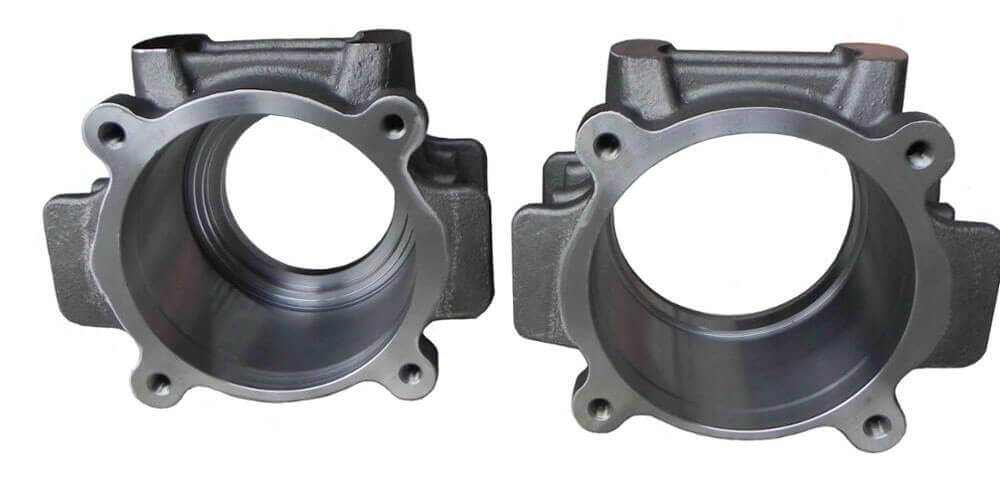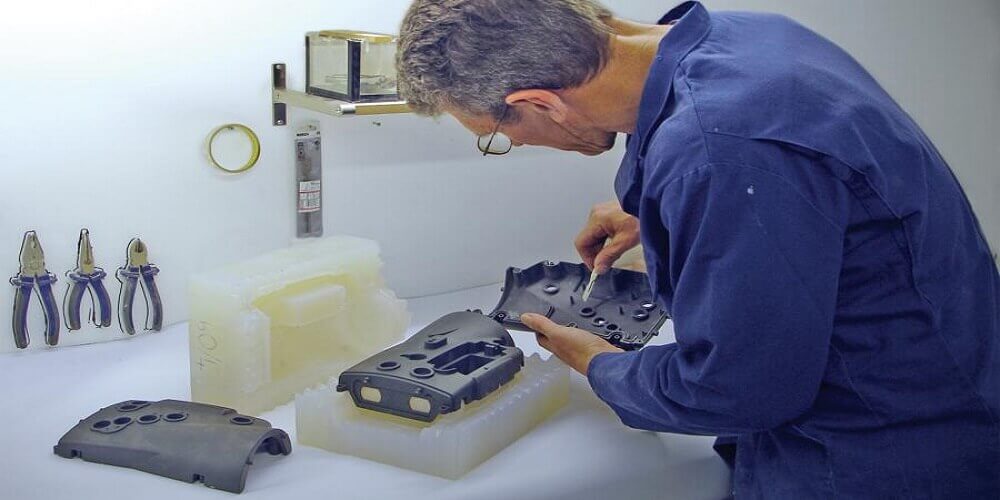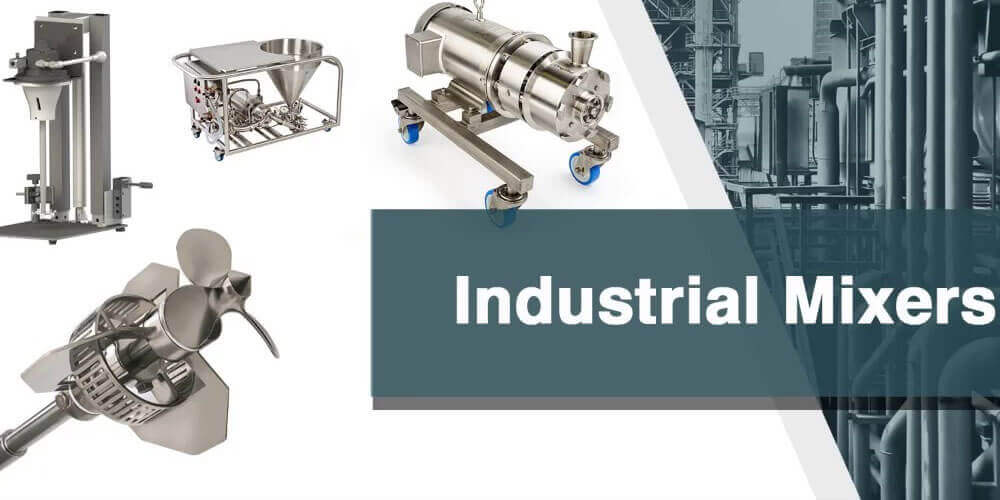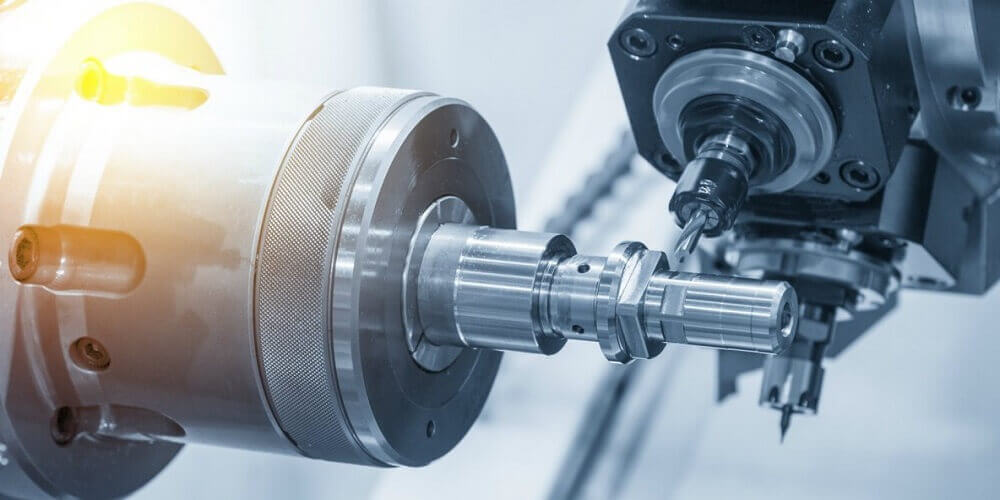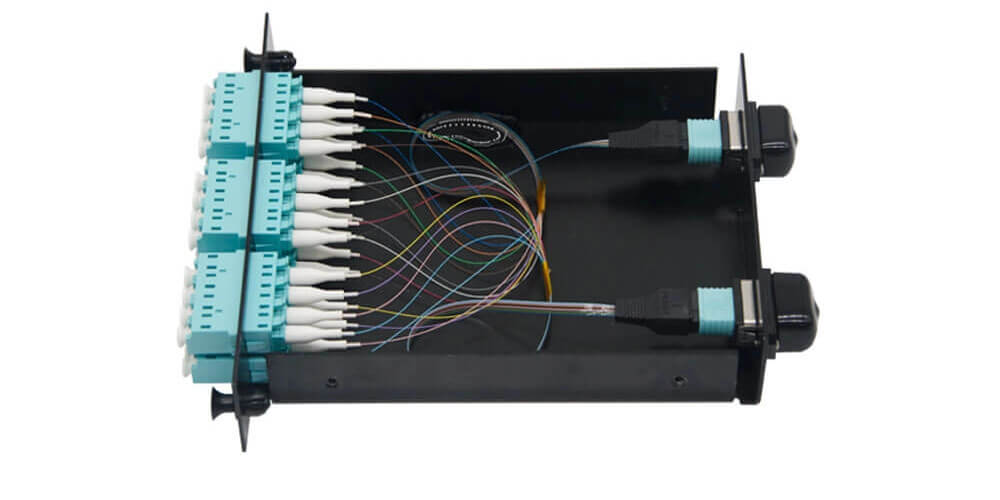Investment casting is a manufacturing method used on metals to create products with intricate parts and shapes. Through metal investment casting, consumers can have the metal of their choice cast to fit their design and operate as required. The process accommodates several materials and equipment to wax the molds and investment castings. Familiarising with the casting process enables you to know the best machinery used at different stages to produce the desired products. We expound on the investment casting machines down below.
Type of Investment Casting Machines
Investment casting equipment refers to all machines involved in the casting and finishing of products. They are several of them, which include;
1. Aluminum Die
It is mainly used to create wax mold patterns. It uses different dies to accomplish the designated tasks. Complex, detailed, and custom wax patterns require a particular type of die created using combinations of ceramic, aluminum, and soluble cores. A mold engraving machine is then used for engraving the pattern creations of the products.
2. Industrial Oven
Investment casting ovens differ from other ovens in the manufacturing industry. They are designed with precise temperature control systems to create the proper burnout for the metals. The oven has an adjustable temperature control system for melting the metal alloys and creating a custom burnout to meet your needs.
3. Gating System
It is responsible for guiding and delivering the molten metal from the mold entrance to the cavity in the product evenly. It reduces casting mishaps and defects like shrinkage or incomplete filling; hence, a high-quality product is produced. The system has four components, namely, pouring cup, runner, feeder, and ingates. The pouring cup collects the liquid metal while the feeder determines the flow rate, provides gaps to trap gasses and shrinkage voids. The runner distributes the metal flow to optimize the metal supply mechanism and the ingates that join the runners to stop the metal from solidifying early.
4. Vacuum
Having this equipment is optional, and the system can still function without it. However, when integrated into the system, it prevents the formation of air bubbles and pulls the metal flow when poured. It also enhances the speed at which the metal is drawn out, creating the best fill.
5. Blowers and Fans
Investment casting is a vast process that involves several steps. The investment is prone to contaminants during the mixing, and fans and blowers help solve that problem. They blow off dust and dirt particles, leaving them clean for use.
6. Shot and Sand Blasting Equipment
It is used to strengthen and clear the top or surface of a complex investment casting. Examples of these machines include; drum-type blasting machines and turntable type blasting machines.
7. Painting Equipment
They have a transmitting convey system, either turntable or sliding table and used to paint investment castings. They are automatic and slowly replacing the manual painting processes. They improve the paint quality, speed, and productivity.
Final Words
The investment casting process involves several types of equipment, some must-haves while others are optional. It depends on what you want to be accomplished and the functions you wish to be performed. Identify the kind that best fits the system as well.
